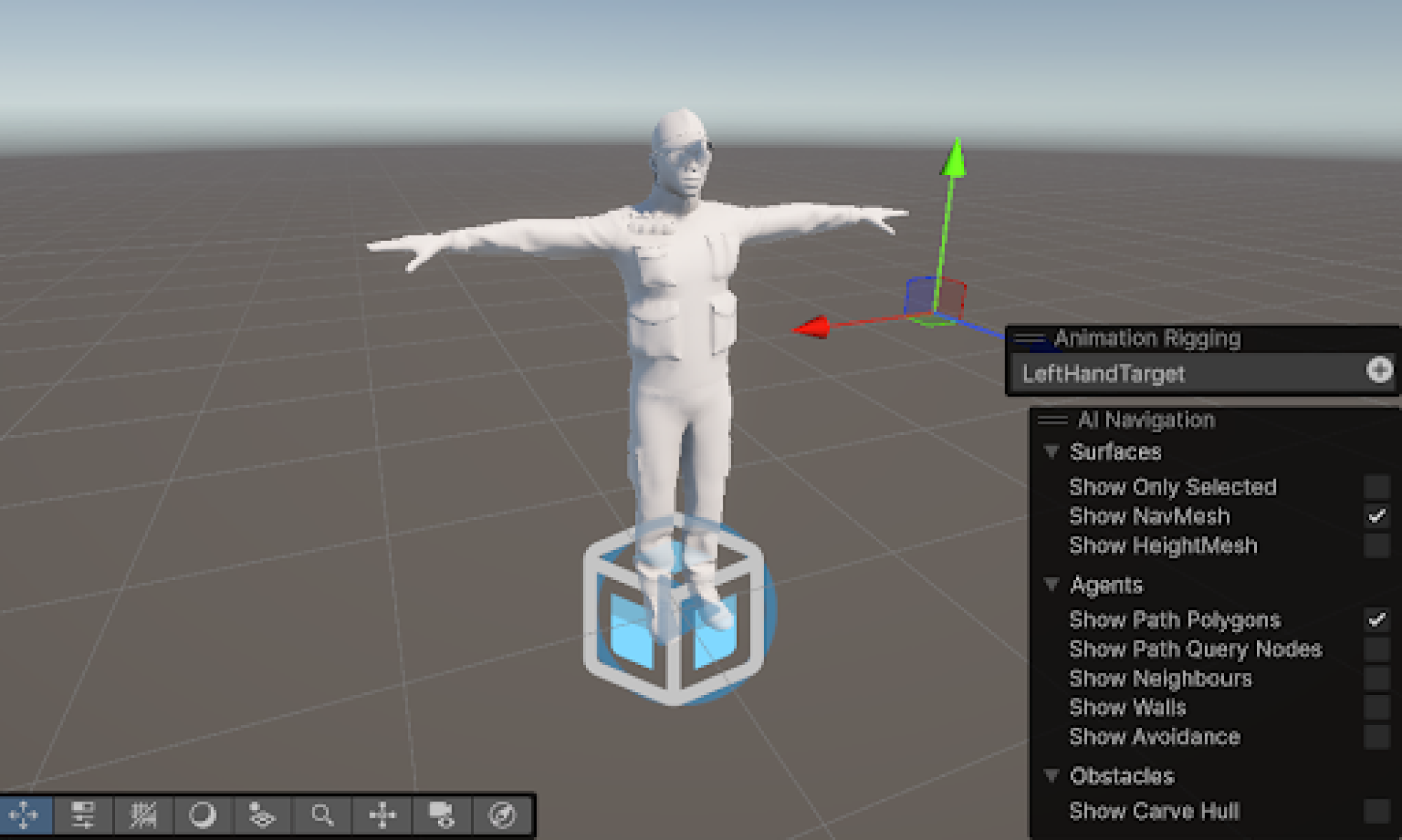This week, I began by implementing more key features and refactoring critical components, as a part of the integration phase of our project. I modified our pose receiving to properly handle CombinedData, which now includes both raw poseData and real-time feedback from the dynamic time warping (DTW) algorithm. This integration required careful coordination with the updated pose_sender.py script, where I also addressed performance issues with regards to a laggy webcam input. Specifically, I optimized the DTW algorithm by offloading computations to a separate thread, reducing webcam lag and improving responsiveness. Additionally, I implemented a new character skin feature compatible with Danny’s pose_sender, allowing for a more customized and engaging user experience.
Progress is mostly on schedule for the integration part. I plan to spend additional hours refining the feedback visualization and testing latency under different system loads. In the coming week, my goal is to complete the UX feature that highlights which body parts are incorrectly matched in real-time during a dance session. This will significantly enhance usability and user learning by making corrections more intuitive and immediate for the final demo as well.
Now that core modules are functioning, I’ve begun transitioning into the verification and validation phase. Planned tests include unit testing each communication component (pose sender and receivers), integration testing across the DTW thread optimization, and utilizing several short dances for testing accuracy of the real-time feedback. To verify design effectiveness, I will analyze frame-by-frame comparisons of live poses against reference poses as well as the DTW algorithm’s window. This would allow me to check timing accuracy, body part correlation, and response latency using python timers in the code; seeing that they adhere to what we outlined in the use-case requirements with regards to timing metrics. I also plan to evaluate user interaction with the feedback system via usability testing in order to see how viable the final demo can be.
